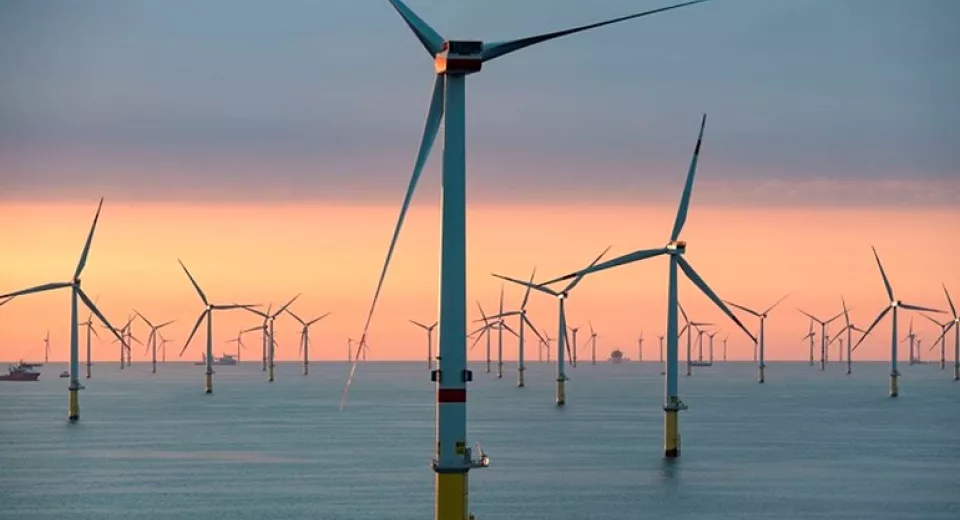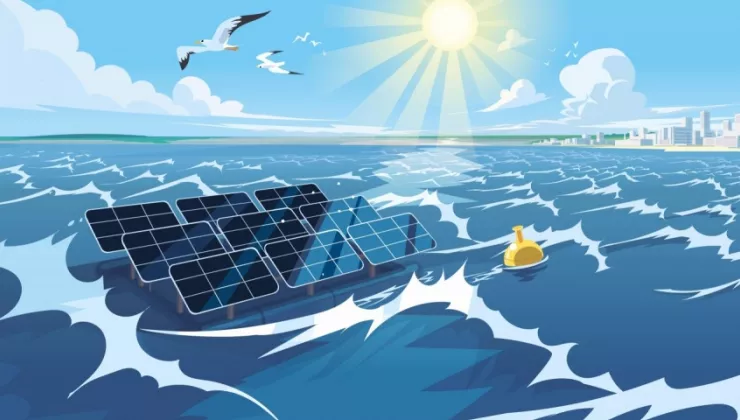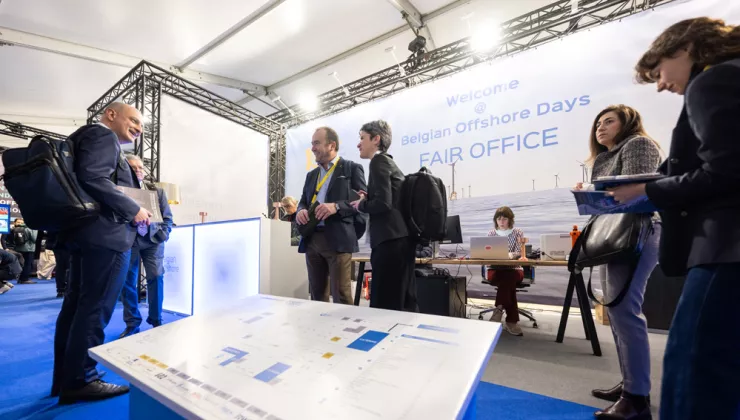The offshore wind landscape in South Korea
Energy mix
In January 2023, the government of South Korea released its 10th edition of the “Basic Plan for Long-Term Electricity Supply and Demand” with targeted renewable energy shares of 21.6% by 2030 and 30.6% by 2036.
Despite significant growth in solar photovoltaic installed capacity, more than 20 GW added between 2012 and 2022, the share of renewable energy in South Korea’s electricity generation mix reached only 10,4 % in July 2023.
South Korea has a slower growth of renewables and instead promotes nuclear energy. The Korean government plans to keep heavily relying not only on nuclear but also coal and gas power.

Target
South Korea aims to install 14.3 GW of offshore wind by 2030. Some weeks ago, the offshore wind tender for 2023 was closed with a 1.5 GW bidding volume for offshore wind. This is positive news as this is the long- awaited political signal in favor of the South Korean offshore wind industry. Another very positive element is the lack of any explicit Local Content Requirement in the 2023 bidding evaluation.
Unfortunately, non-financial criteria, which acount for 40% of the evaluation, are still very loosely defined. Non- financial criteria include resident acceptability, domestic economic supply chain contribution, status of the project, reactive power capability, grid connection LVRT (Low Voltage Ride Through) capability, grid modifications required and finally the evaluation of TLF (Transmission Loss Factor).
The 14,3 GW offshore wind target requires massive investments to be injected in Korea. Globally, nearly $750 billion is expected to be invested in offshore wind assets between now and 2030. Building a strong offshore wind market will therefore be critical to attract large scale investments but also for the Korean supply chain and EPC firms to build track records domestically while exploring the global market.

Opportunities and challenges
Offshore wind needs to be prioritised not only to mitigate greenhouse gas emissions, but also because it will bring a huge amount of cascading economic effects, including green job creation and a boost in local economy contribution.
Developing, building and operating these huge offshore wind farms require a lot of engineering and know-how. The European industry has important lessons learned to share, which makes it an experienced partner to collaborate with the Korean supply chain to jointly build up offshore wind in Korea and support domestic capabilities.
Successful development of offshore wind in Korea is only possible if regulatory bottlenecks and market uncertainty are removed. The main bottlenecks to improve are:
- Complicated and less streamlined permitting system,
- Limited grid availability,
- Limited certainty in offtake auction.
Auctions
The auction capacity should reflect the existing offshore wind pipeline. To meet the 2030 target of 14.3 GW and to support the existing pipeline in Korea, the Renewable Energy Certificate (REC) auction capacity needs to be increased, and the cycle needs to be increased to twice per year.
In addition, the bankability of the project needs to be secured (design of the ceiling price, system marginal price for each auction) and the REC multipliers need to ensure reasonable financial viability of the project.
These decisions need to be made at the auction or at least before FC so that lenders can make an investment decision. Currently the decisons are made by the government at COD.

Offshore Wind Power Special Act
The goal of the Offshore Wind Power Special Act is to create coexistence between the offshore wind industry, fishermen and local residents, as well as to reduce greenhouse gases and achieve carbon neutrality in the power production sector.
However, there has been constant opposition from stakeholders such as fishermen in promoting the offshore wind power business, as offshore wind power business operators have individually performed all of the complex authorization and permission procedures from site discovery to securing resident acceptance.
The Offshore Wind Power Special Act is being deliberated in the National Assembly, but unfortunately has not yet achieved an endorsed status. Most likely we will see this Special Act being endorsed after the general elections in April 2024.
The South Korean 2023 Wind Tender results are expected to be announced in December 2023.
Copyright
This short market update was drawn up by Erik Roelans on behalf of Blue Cluster on 29 November 2023.
All rights reserved. Any reproduction, duplication or use of this material without prior permission from Blue Cluster is strictly prohibited.


